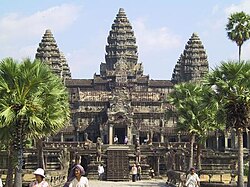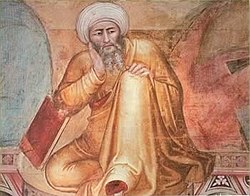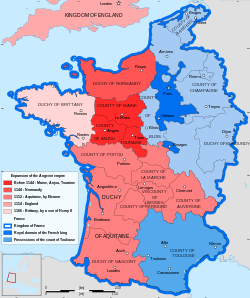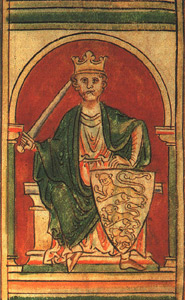| Millennia |
|---|
| 2nd millennium |
| Centuries |
| Timelines |
| State leaders |
| Decades |
| Categories: |
| Births – Deaths Establishments – Disestablishments |

The 12th century is the period from 1101 to 1200 in accordance with the Julian calendar. In the history of European culture, this period is considered part of the High Middle Ages and overlaps with what is often called the "'Golden Age' of the Cistercians". The Golden Age of Islam experienced significant development, particularly in Islamic Spain.
Contents
- Events
- 1101–1109
- 1110s
- 1120s
- 1130s
- 1140s
- 1150s
- 1160s
- 1170s
- 1180s
- 1190–1200
- Undated
- Inventions, discoveries, and introductions by year
- References
- Bibliography
In Song dynasty China, an invasion by Jurchens caused a political schism of north and south. The Khmer Empire of Cambodia flourished during this century, while the Fatimids of Egypt were overtaken by the Ayyubid dynasty. Following the expansions of the Ghaznavids and Ghurid Empire, the Muslim conquests in the Indian subcontinent took place at the end of the century.










